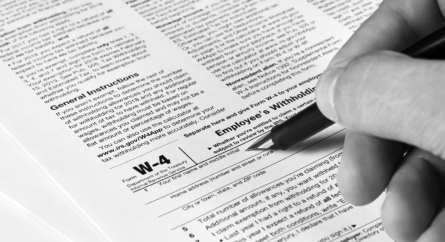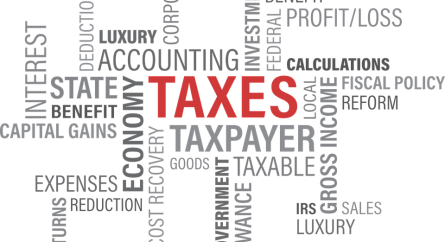401(k) Investment Decisions: New DOL Guidance Raises a Green Flag
If you have a role in picking the investment options for your company’s 401(k) or 403(b) plan, newly proposed Department of Labor (DOL) guidelines puts guardrails around the use of Environmental, Social, and Governance factors (ESG) in making your investment decisions.
The comment period ended near the end of August, with more than 1,500 comments filed. Most of those that have been posted on the website ask for a reopened comment period, a significant number of revisions to the proposed rule, or the complete withdrawal of the new rule.
Many ordinary investors want to support companies with strong ESG factors that support their broader social goals and to avoid investing in companies that do not. They might put their money into promising solar and wind energy businesses and not into fossil fuel companies.
There’s nothing wrong with this for the individual investor. But for a retirement plan investment decision-maker, the DOL has made it clear that these Employee Retirement Income Security Act (ERISA) fiduciaries, who must keep the objectives of the plan—optimizing returns for plan participants—have to step carefully and document their decisions if they want to add ESG considerations to their plan investment analytics.
With respect to investment decisions, ERISA regulations are pretty clear, the decision-maker has to give “appropriate consideration” to the following factors, all of which are financial in nature:
- That the investment is designed to further the purposes of the plan, taking into consideration the risk of loss and opportunity for gain;
- The investment’s position in the requirement for diversification;
- Liquidity and return of the entire portfolio relative to the anticipated cash flow needs of the plan; and
- The projected return relative to the plan’s funding objectives. There’s nothing anywhere in the regulations about investments targeted at environmental, social, or governance goals.
But that does not mean that a plan fiduciary cannot take ESG factors into account. It means that when the decision-maker is choosing investments for the plan, to the extent that the financial factors are relatively equal among and between ESG and non-ESG investments, it is not prohibited to break the tie with the stronger ESG options.
If you have read this far and you have responsibility for plan investments, there’s one more thing. Professional advisors do not all agree on what makes a fund an ESG fund or on the mix of factors that are more or less important.
There are plenty of strong performing ESG funds. You will need to determine if you want your plan to invest in ESG funds and to show that their performance metrics are at least equal to non-ESG funds of similar character. And, in case you are subject to a DOL audit, document what you do and explain how you made your decisions. And remember this about ERISA’s fiduciary duty—it is a process duty, not an outcome duty. So long as your decision-making process follows a prudent and thoughtful path, picking the wrong path should not get you into trouble with the DOL. It’s always better to follow an appropriate decision-making process and then to make the right decision.
But what about this proposed rule? The DOL could re-open the comment period; issue a request for information; move ahead with this rule, which would become effective 60 days after the final form of the rule was published in the Federal Register; withdraw it; or propose a new, revised rule and that would trigger a new comment period. Stay tuned!
Categorized: Investments, Retirement
Tagged In: 401(k), 403(b), Department of Labor, ESG













